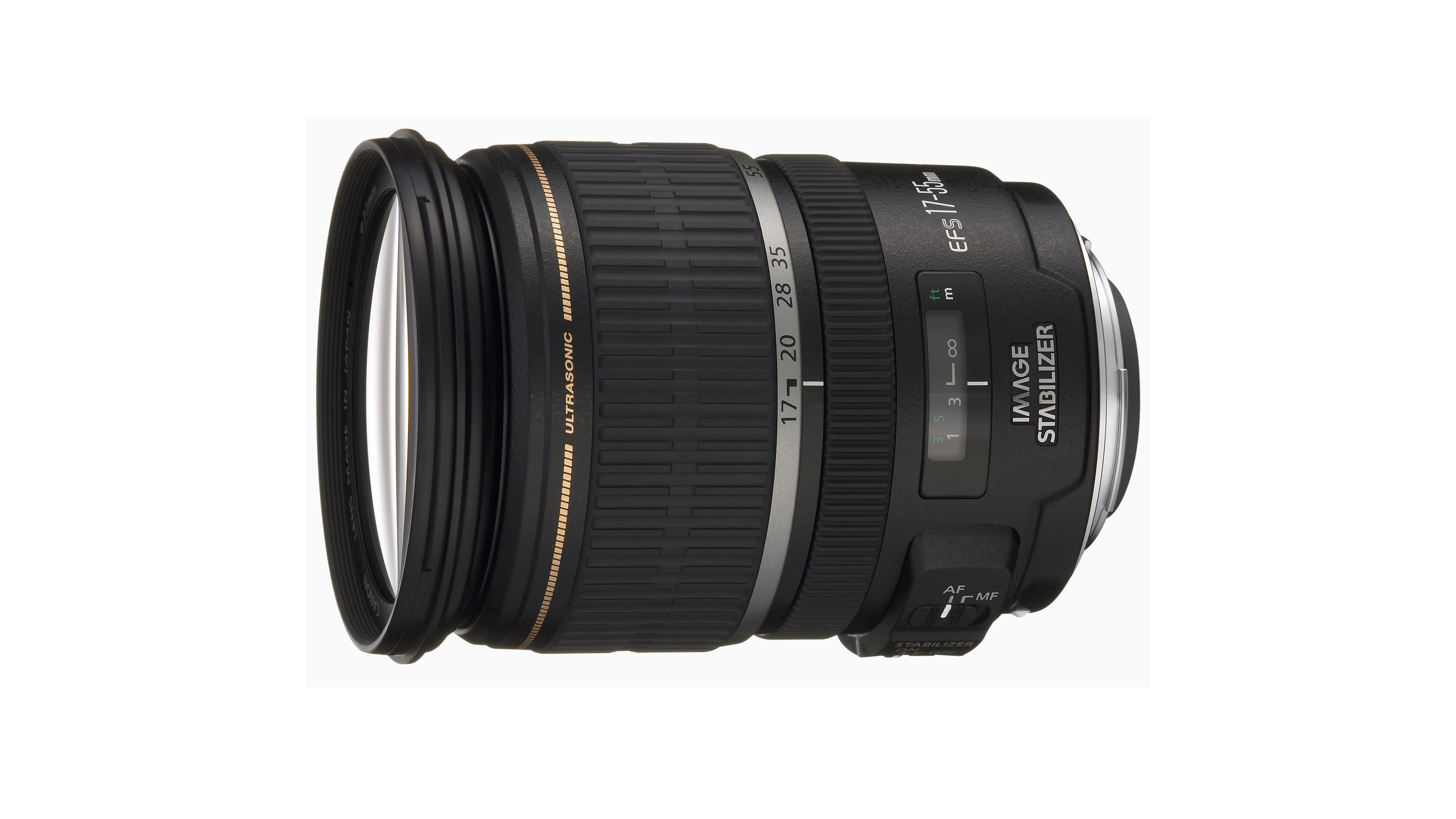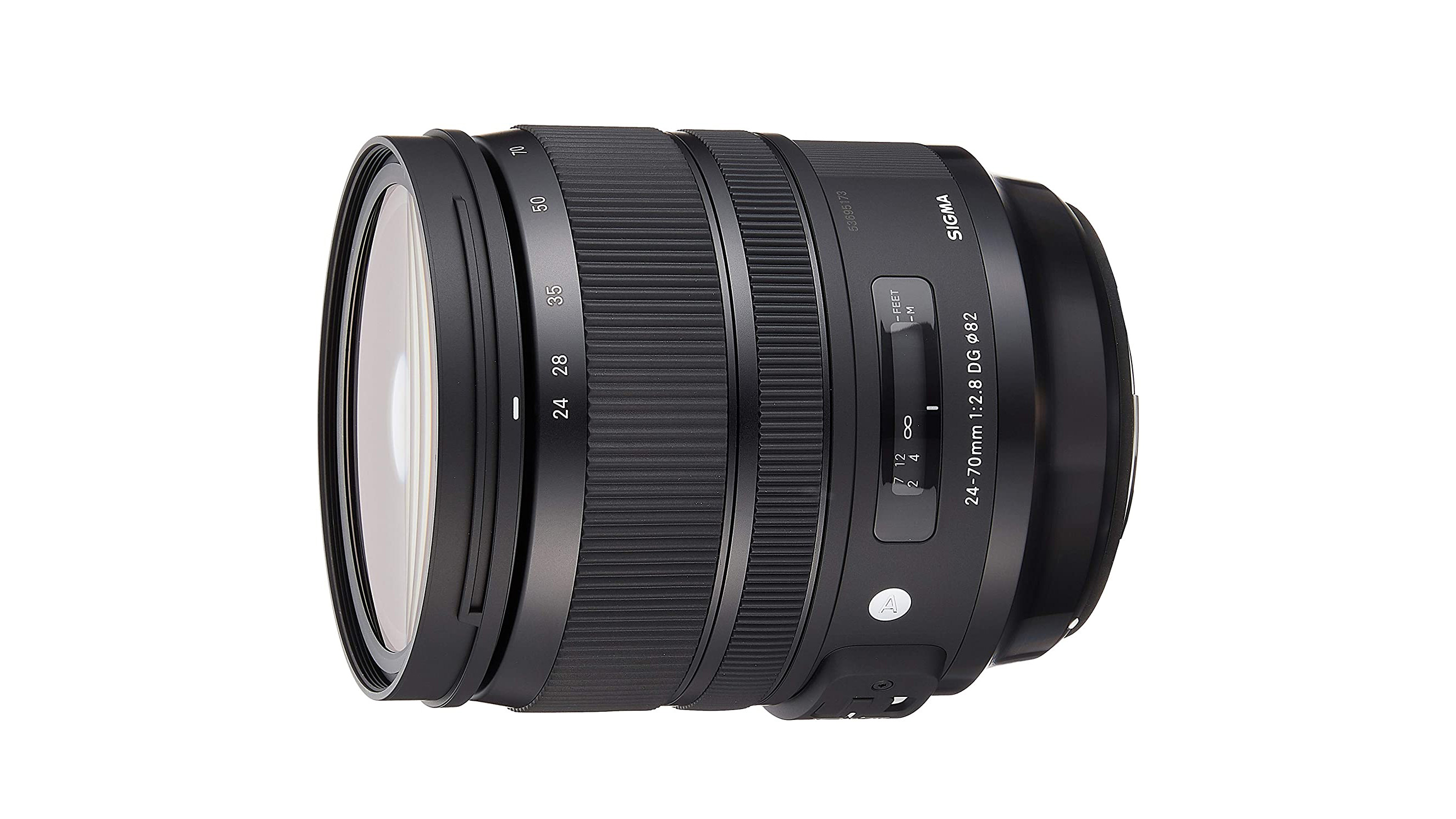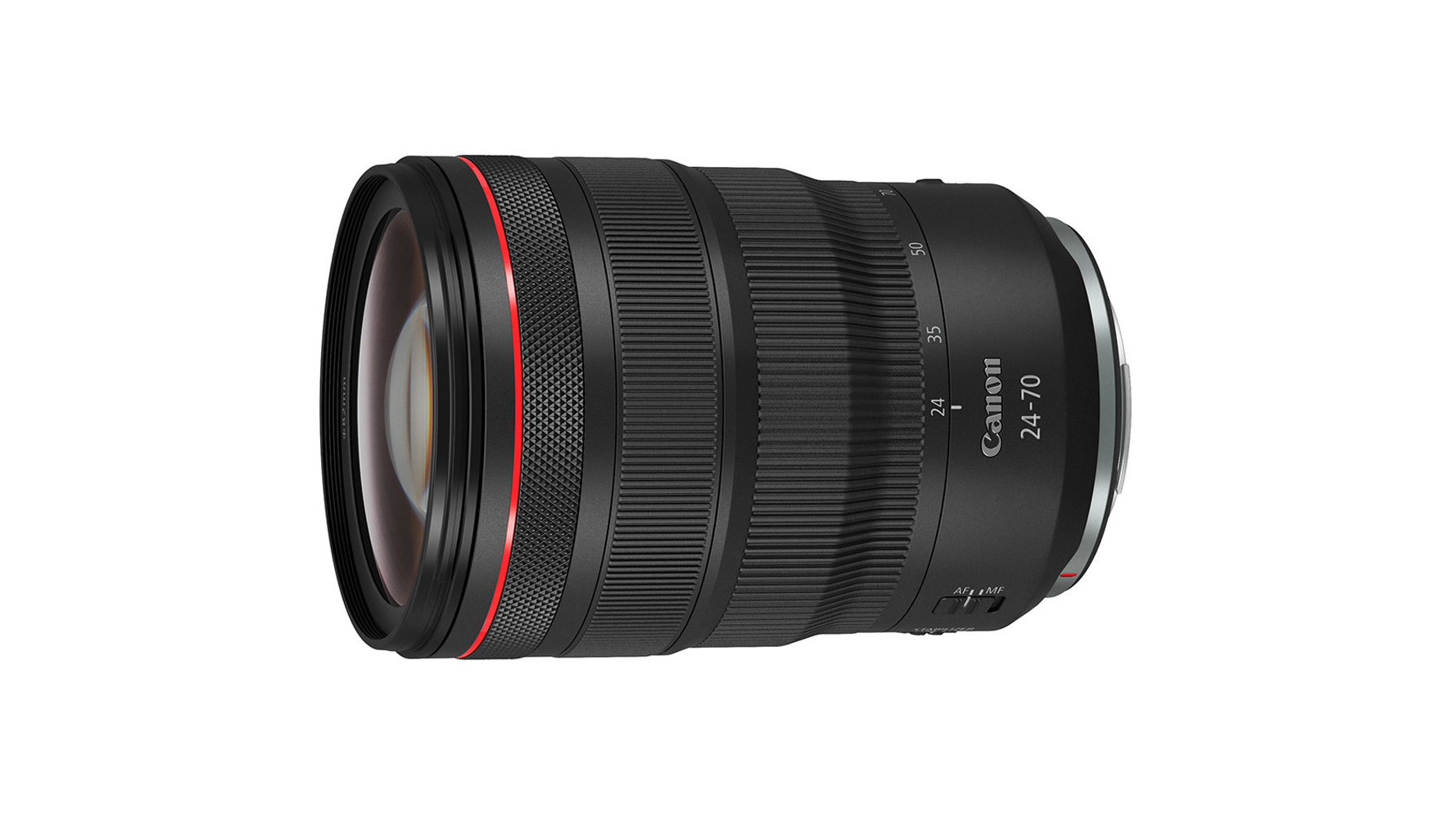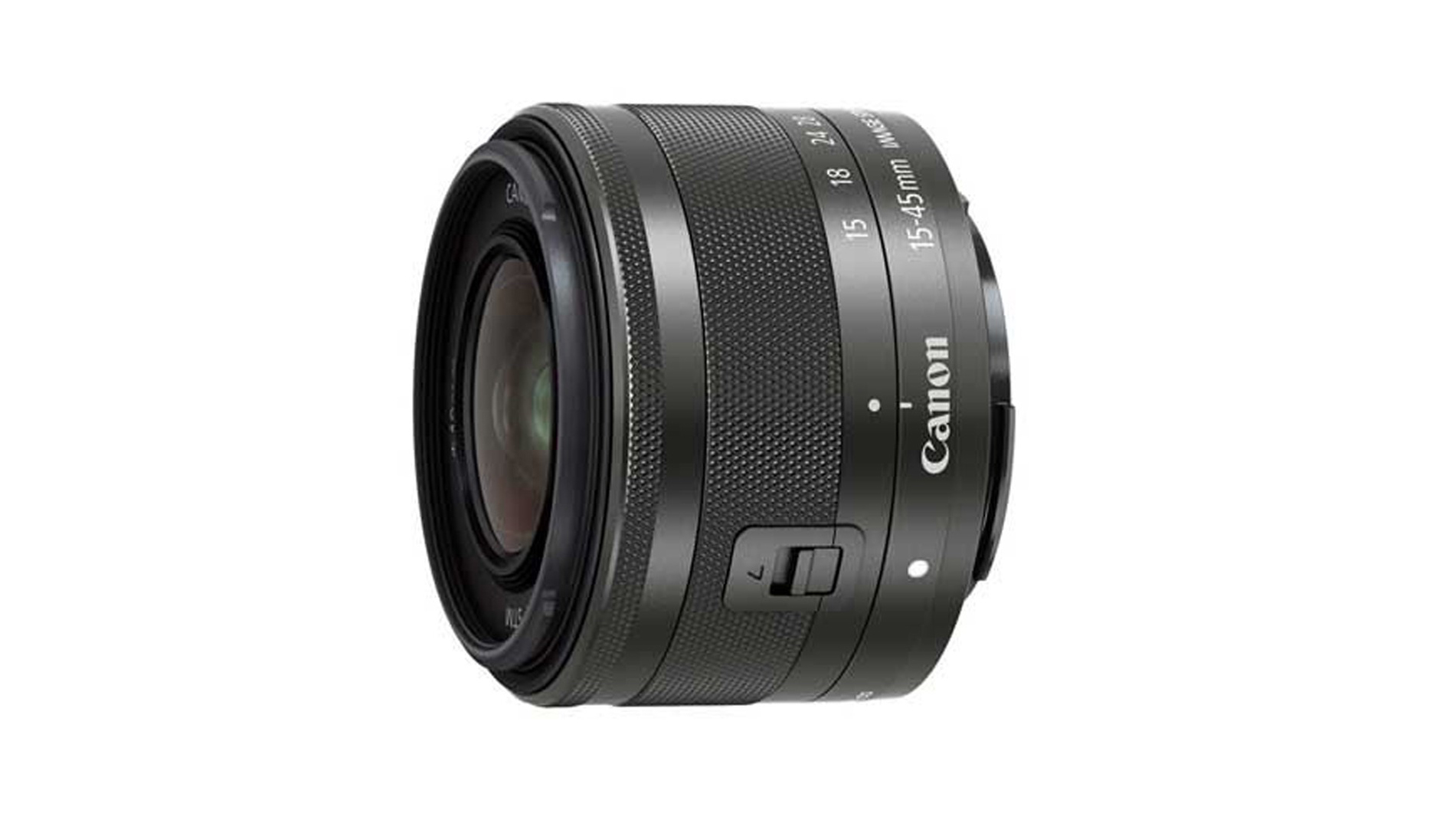Best Canon standard zoom lenses: for Canon DSLRs, EOS R and EOS M
We've rounded up the best Canon standard zoom lenses available, covering both DSLR and mirrorless options

Standard zooms are often sold as 'kit lenses' Canon cameras, so you can buy a camera body complete with a standard zoom as a kit, typically saving money in the process. And to be hones, I think that some of Canon's kit lenses are so good that you might never need to consider upgrading. Even so, you might want to look at replacing your kit lens with something more up-market, perhaps offering a greater zoom range or a faster, constant aperture, or just for premium image quality and all-round performance. Let's face it, most of us use a standard zoom for everyday shooting, most of the time, so it pays to have a great one.
As I've just touched on, a major reason for upgrading to a new standard zoom lens is so you can get a lens with a wider maximum aperture, typically f/2.8, that remains available throughout the zoom range. This enables faster shutter speeds under dull or indoor lighting conditions, without the need to bump up your ISO setting too much, and gives the option of a tighter depth of field, bringing bokeh into the mix.
It's not just Canon that makes great standard zoom lenses, and I've included a couple of Sigma alternatives for both DSLRs and EOS R system mirrorless cameras, that are definitely worthy of consideration.
I've split this guide to the best Canon standard zoom lenses into five categories, tailored to 'EF-S' APS-C format DSLRs, 'EF' full-frame DSLRs, 'RF-S' and 'RF' for APS-C and full-frame EOS R system mirrorless cameras respectively, and finally older 'EF-M' APS-C format mirrorless cameras. With all that in mind, here's my guide to the best standard zoom lenses for whatever type of Canon camera you use...
The Quick List
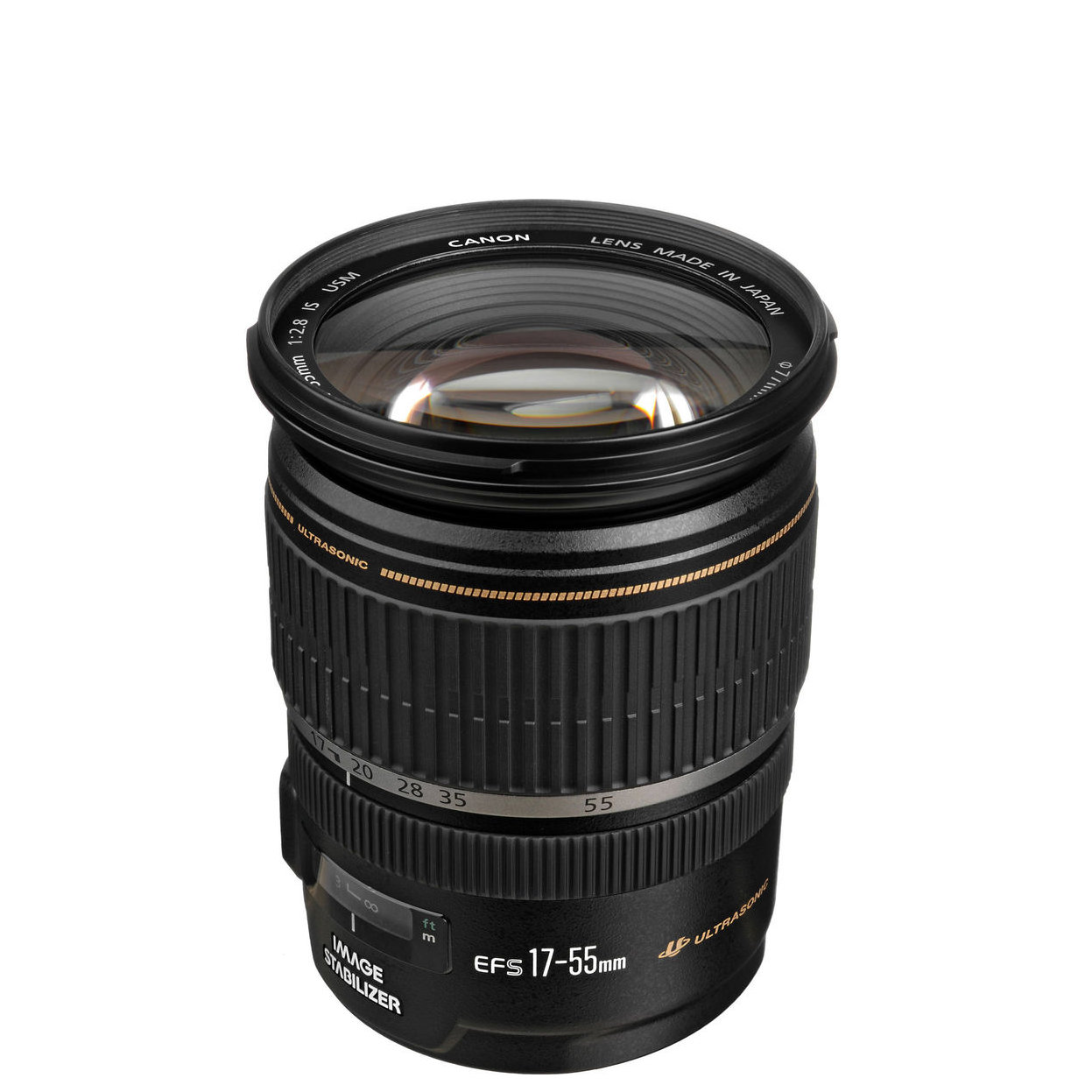
It's a true veteran of the APS-C stable for DSLRs but the best of breed that Canon has ever made. Read more on EF-S lenses below…
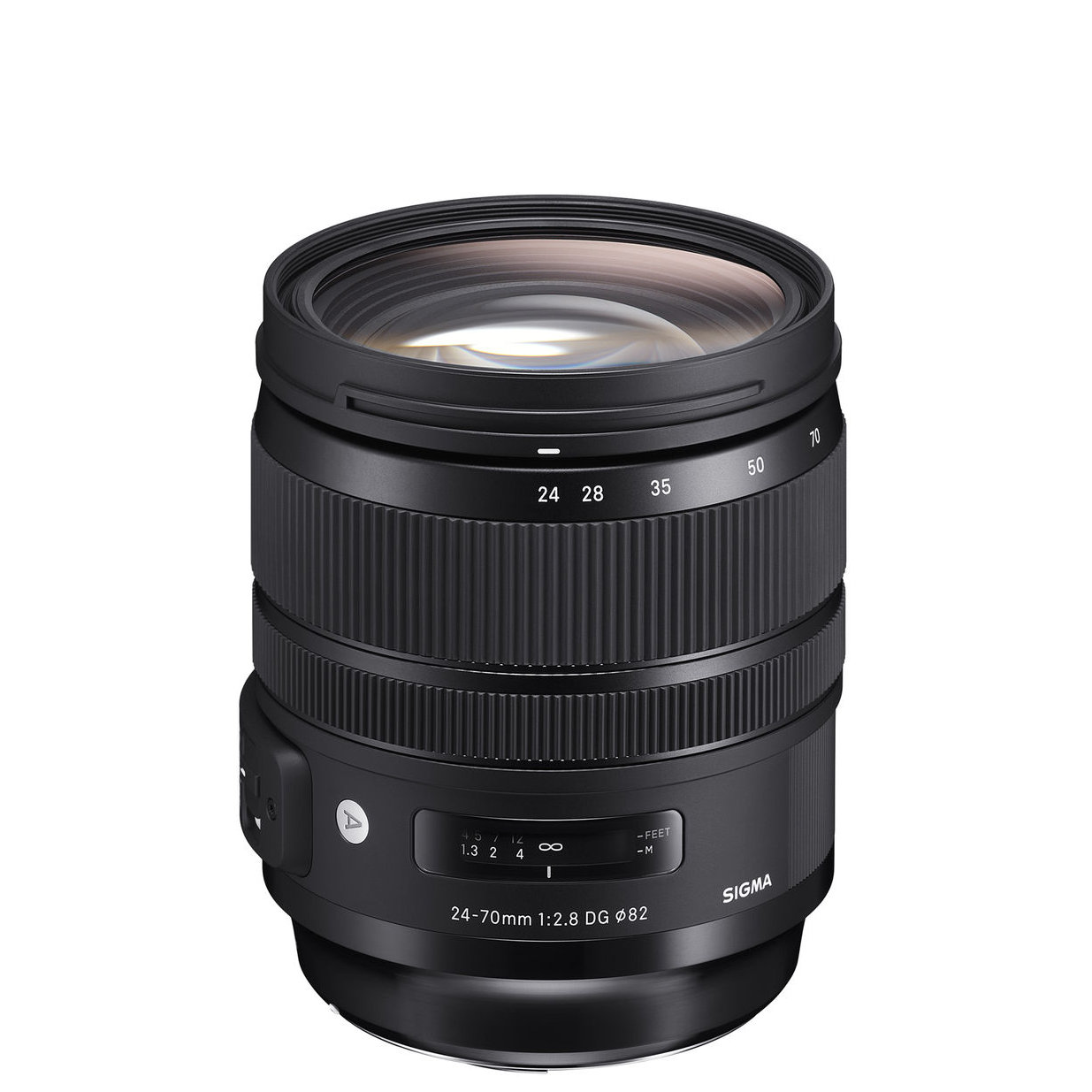
This is my favorite standard zoom for full-frame Canon DSLRs, considering performance and image quality at a reasonable price. Read more on EF lenses below…
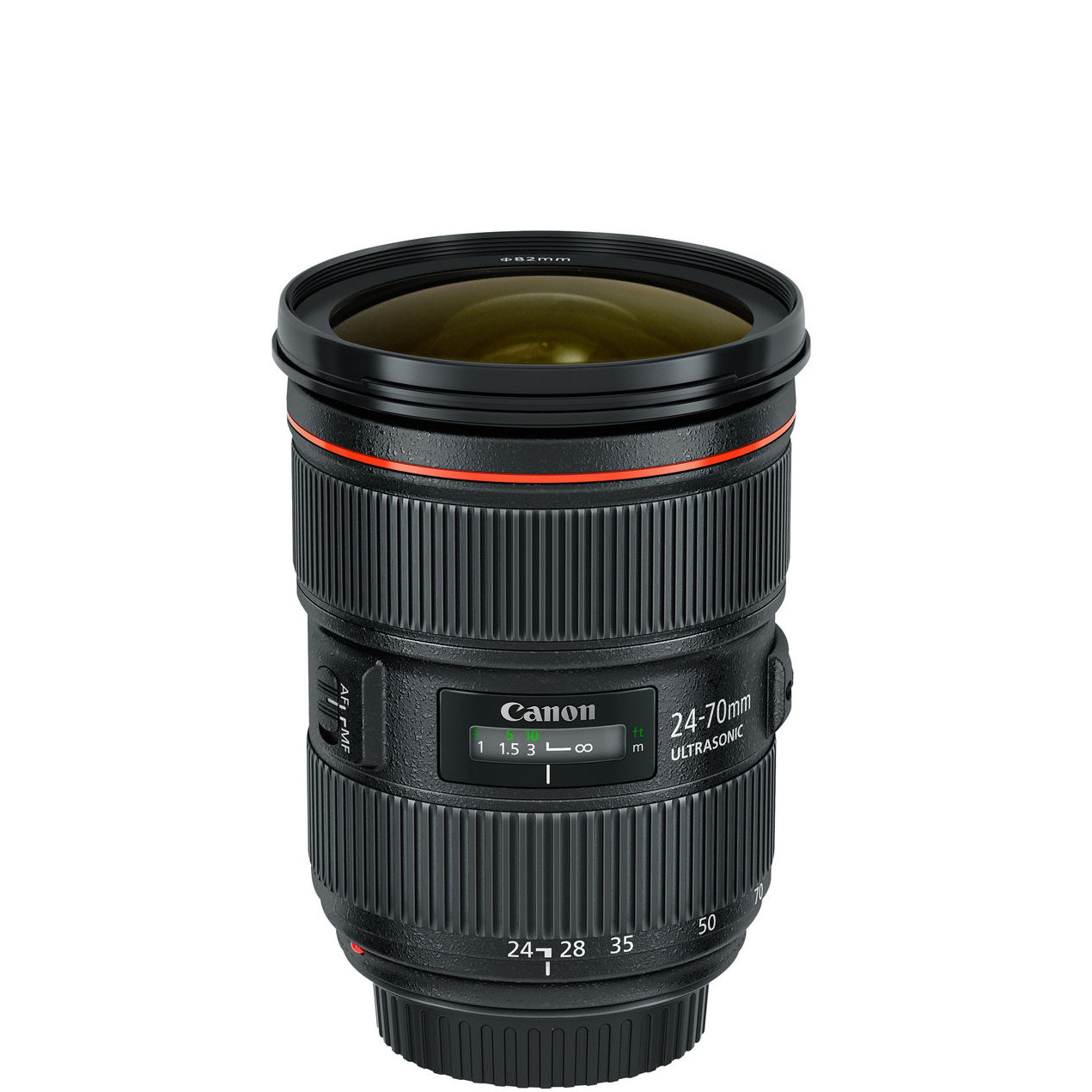
The Mark II edition of Canon's legendary standard zoom for DSLRs raises the bar but comes with a hefty price tag. Read on EF lenses more below…
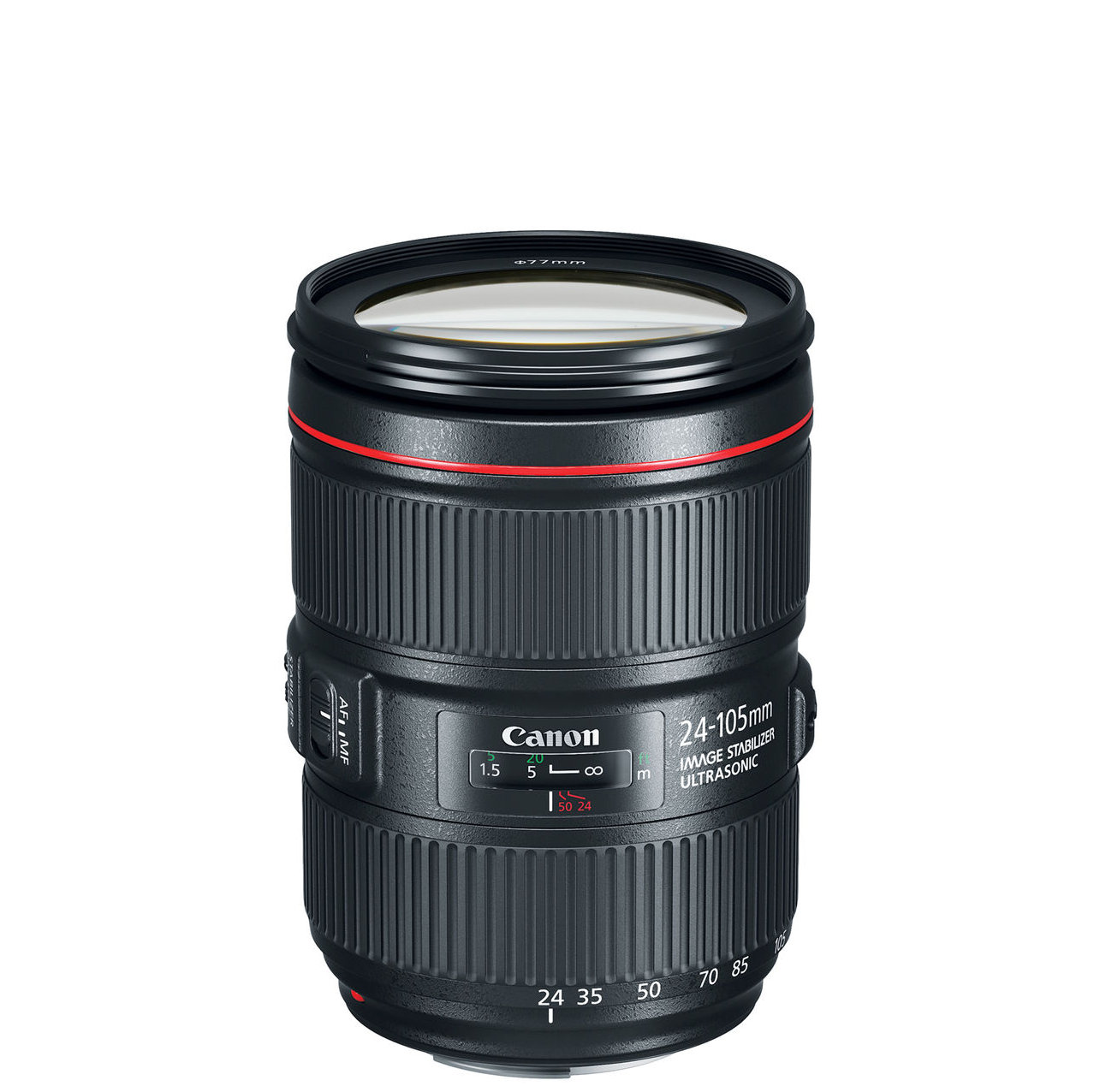
Often sold as a kit lens with full-frame Canon DLSRs, it's a great standard zoom in its own right, with extended reach. Read more on EF lenses below…
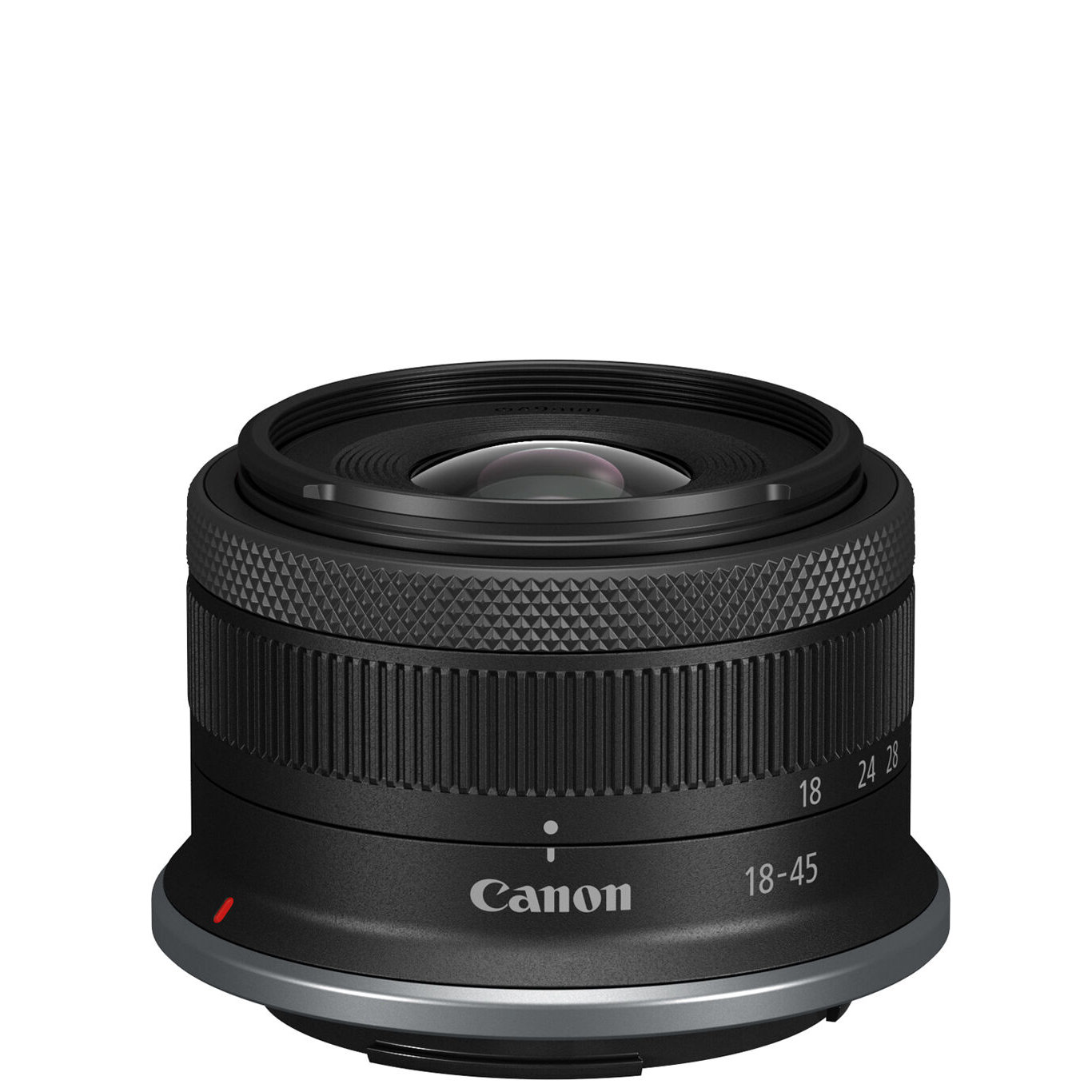
So far this is Canon's only standard zoom for APS-C format EOS R system cameras, but it's amazingly compact. Read more on RF-S lenses below…

Like a 'trinity' standard zoom for RF-mount cameras, this Sigma has a constant f/2.8 aperture but it's still light in weight. Read more on RF-S lenses below…
View the full list ⤵

Like its 'EF' forebear, this is sold as a kit lens with up-market cameras but is a great choice as a standalone purchase. Read more on RF lenses below…

A lens that really puts the 'holy' into 'trinity', this is an instant classic of a fast standard zoom for EOS R cameras. Read more on RF lenses below…
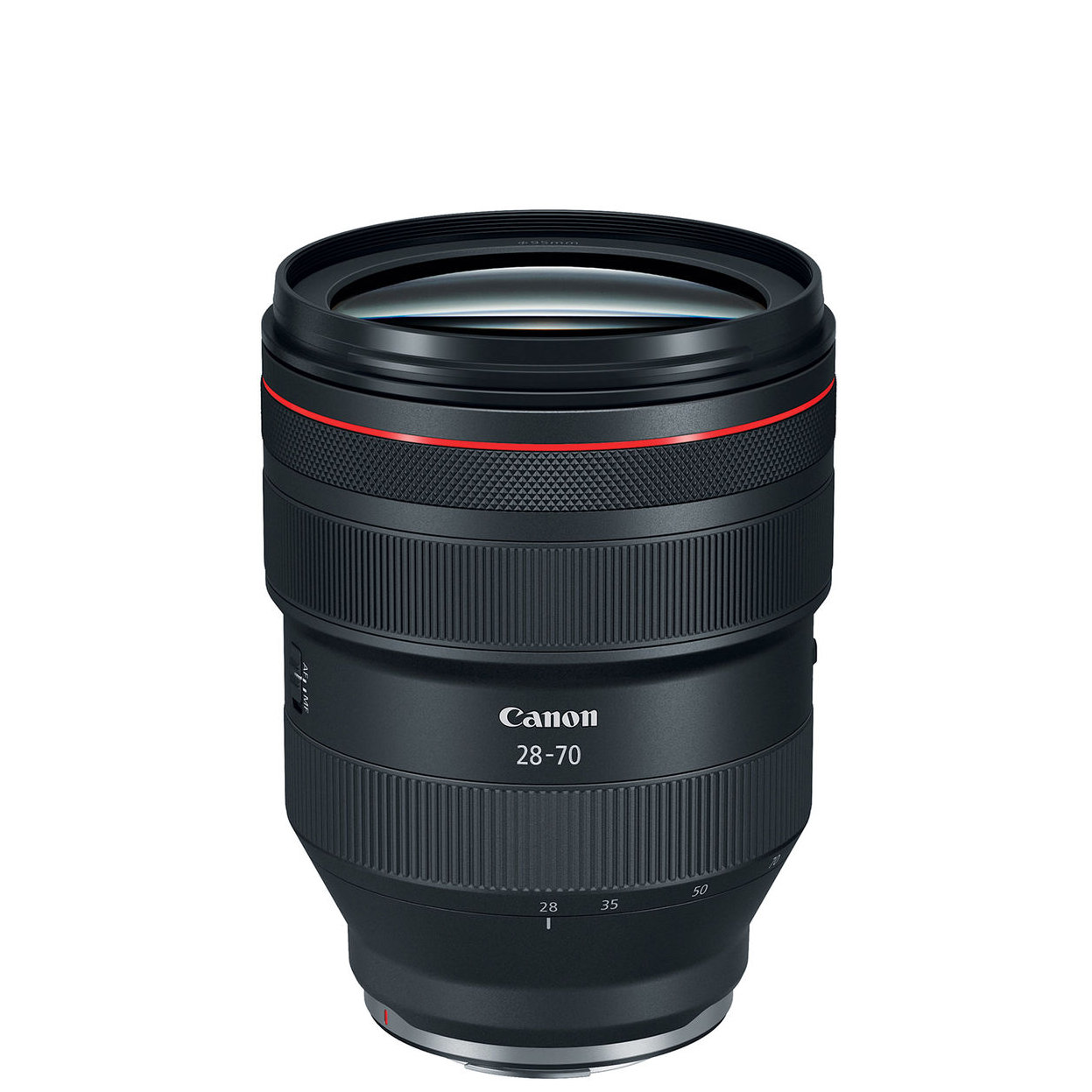
If f/2.8 isn't fast enough for you, this f/2 constant aperture lens combines scintillating sharpness with beautiful bokeh. Read more on RF lenses below…

In a class of one, this is 'the' standard zoom lens for Canon's outgoing APS-C format EOS M mirrorless system. Read more on EF-M lenses below…
Canon EF-S
Specifications
Reasons to buy
Reasons to avoid
This is the closest thing to a pro-grade, L-series ‘EF-S’ lens for APS-C cameras that Canon has ever built. Unlike Canon’s f/2.8 standard zooms for full-frame DSLRs, this one features an image stabilizer. Yet it’s an old version of the technology and only gives three, rather than four, stops of advantage in fending off camera-shake. Compared with the autofocus systems of other APS-C lenses on test, it’s faster and quieter, if not near-silent as in Canon’s STM or Nano USM lenses. Lab scores for sharpness proved underwhelming for our particular lab-test sample, but I’ve always been impressed by the lens’s clarity in my wide-ranging real-world tests, and how other samples have performed in the past.
Read the full Canon EF-S 17-55mm f/2.8 IS USM review
Canon EF
Specifications
Reasons to buy
Reasons to avoid
I prefer this lens to Canon’s own EF 24-70mm f/2.8L II USM standard zoom for DSLRs and think it's a much smarter buy. Both have an identical zoom range and aperture rating, and both lenses deliver similarly excellent image quality in all respects. The big plus point for the Sigma is that it features an optical image stabilizer, which can be incredibly useful for general walkabout shooting. Another neat extra is that it’s compatible with Sigma’s optional USB Dock, which you can use for fine-tuning and customizing the lens, as well as for applying firmware updates. And like many Sigma Global Vision lenses, it can take full advantage of in-camera corrections in current and recent Canon DSLRs, for the likes of lateral chromatic aberration, distortion, and peripheral illumination. All in all, it’s a highly desirable lens at a very attractive price and has long been my go-to standard zoom for Canon DSLRs.
Read the full Sigma 24-70mm f/2.8 DG OS HSM | A review
Specifications
Reasons to buy
Reasons to avoid
The standard zoom of choice for many pro photographers, Canon’s original 24-70mm f/2.8L was something of a classic. As you’d expect from Canon’s range-topping standard zoom, autofocus comes courtesy of a fast and whisper-quiet ring-type ultrasonic system. Image quality is excellent, with great sharpness and contrast even when shooting wide-open. Sharpness has been improved towards the edges of the frame but, even so, the ability to capture consistently sharp handheld images can suffer due to the lack of an optical stabilizer, featured in the competing Sigma lens that I've listed already. The lack of stabilization aside, this simply delivers top-class performance.
Read the full Canon EF 24-70mm f/2.8L II USM review
Specifications
Reasons to buy
Reasons to avoid
This newer Mark II edition of the 24-105mm has been redesigned to be tougher and more resistant to shock and vibration, as well as featuring fluorine coatings on the front and rear elements. More importantly, for my money, the optics have been revamped, with the aim of improving sharpness across the whole image frame, and throughout the zoom range. Barrel distortion from the preceding 24-105mm lens was notoriously bad at the short end of the zoom range, but the Mk II performs a little better. It’s also a bit sharper (as promised), autofocus is a little quicker and bokeh is smoother, thanks to the fitment of ten, rather than eight, diaphragm blades. Overall, however, each of the improvements is quite subtle rather than making a hugely noticeable difference.
Read the full Canon EF 24-105mm f/4L IS II USM review
Canon RF-S
Specifications
Reasons to buy
Reasons to avoid
The Canon RF-S 18-45mm f/4.5-6.3 IS STM is an incredibly lean, lightweight lens that's a great match for the whole range of compact, APS-C format EOS R system mirrorless cameras. Its image quality is better than it has any right to be, and it even boasts 4 stops of image stabilization (which ramps all the way up to 6.5 on a body with IBIS in the EOS R7). I fell that it's an ideal everyday companion for stills and video shooting.
Read the full Canon RF-S 18-45mm f/4.5-6.3 IS STM review
Specifications
Reasons to buy
Reasons to avoid
The Sigma 18-50mm f/2.8 DC DN offers a constant f/2.8 aperture, unlike the competing Canon standard zoom, with a classic 3x zoom range for this class of lens. The Sigma is smaller than you’d expect given its constant maximum aperture yet the build quality is very good – and it’s weather-resistant as well.
The autofocus system is super-fast and virtually silent, and I was impressed by the quality of the images. It's very much like a 'trinity' standard zoom, downsized from full-frame to APS-C format, and very good value at the price.
Read more: Sigma 18-50mm f/2.8 DC DN | C review
Canon RF
Specifications
Reasons to buy
Reasons to avoid
A highly popular choice for EOS R-series cameras, this lens occupies the middle-ground between the compact, low-budget RF 24-105mm f/4-7.1 IS STM and the mighty RF 24-70mm f/2.8L IS USM. The former has a disappointingly narrow aperture at longer zoom settings, while the latter has a relatively limited zoom range and is much pricier to buy. For my money, the 24-105mm f/4 offers an ideal compromise. It has a very versatile zoom range with a constant f/4 aperture rating, it’s not overly big or heavy, and is competitively priced. Highlights in handling and performance include a customisable control ring, 5-stop optical stabilization and fast Nano USM autofocus, all wrapped up in a weather-sealed and typically sturdy construction, befitting an L-series lens.
Read the full Canon RF 24-105mm f/4 L IS USM review
Specifications
Reasons to buy
Reasons to avoid
Unless you’re desperate for the faster aperture of Canon’s huge RF 28-70mm f/2L USM standard zoom, which tips the scales at nearly 1.5kg and is fiendishly expensive to buy, the 24-70mm is the better option. At 900g, it’s more manageable and is actually only 200g heavier than the RF 24-105mm f/4 lens. Naturally, it’s an f/stop faster but has less telephoto reach. The premium optical design includes three aspherical elements and three UD (Ultra-low Dispersion) elements, along with high-tech Air Sphere Coating to minimize ghosting and flare. There’s also a fluorine coating on the front and rear elements, to repel moisture and finger marks. High-speed Nano USM autofocus and 5-stop stabilization are featured but I feel that it’s the sensational image quality of this lens that makes it worth its undeniably up-market price tag.
Read the full Canon RF 24-70mm f/2.8L IS USM review
Specifications
Reasons to buy
Reasons to avoid
The Canon RF 28-70mm f/2L USM is a bit of a monster, weighing in at 1,430g. The reason for this is that it's a full f/stop faster than most professional f/2.8 standard zoom lenses, boasting a maximum aperture of f/2 at all focal lengths. With a design that goes all out for premium image quality, it's a fabulous lens that really can rival three or four separate prime lenses. There's no optical image stabilization though, so to help reduce camera shake, you'll want to pair it with one of Canon's later EOS R system cameras that feature in-body image stabilization. The zoom range is a bit limited at the wide-angle end but the f/2 aperture is great for gaining a tight depth of field, along with beautiful bokeh.
Read the full Canon RF 28-70mm f/2L USM review
Canon EOS M
Specifications
Reasons to buy
Reasons to avoid
Despite its impressive 24-72mm ‘effective’ zoom range, this retractable lens measures a mere 61x45mm and is a real featherweight at just 130g. To put that into perspective, a complete outfit comprising an EOS M camera body plus all three of Canon’s standard 15-45mm, 11-22mm wide-angle and 55-200mm telephoto zooms weighs as little as Sigma’s full-frame 24-70mm f/2.8 lens on its own, with no camera attached. Although small, the lens feels sturdy, has good handling characteristics and is impeccably turned out in a choice of silver or graphite finishes. The stepping motor autofocus system is quick and virtually silent, and the image stabilizer lives up to its 4-stop billing. It’s not the sharpest tool in Canon’s box but image quality is very satisfying overall, and it's the ideal standard zoom for cameras like the Canon EOS M200 and EOS M50 Mark II.
Read the full Canon EF-M 15-45mm f/3.5-6.3 IS STM review
Lab data and comparisons
The graphs below show the comparative performance of the lenses in this guide, based on our in-house lab tests. The Canon RF 24-70mm f/2.8L IS USM leads the way for sharpness while the Canon RF-S 18-45mm f/4.5-6.3 IS STM is the least impressive for control over distortion and color fringing, although automatic in-camera correction is available.
Scores for sharpness and color fringing are averaged from data taken across the entire image frame, from the center to the edges and corners, throughout the aperture range. For zoom lenses, the scores are also averaged from data measured at all marked focal lengths, and the same applies to distortion. Bear in mind that these average values don't fully reflect specific areas of performance. For example, a zoom lens might have noticeable barrel and pincushion distortion at its shortest and longest focal lengths respectively, which tends to average out when looking at the data overall. For more detailed graphs of each lens's performance, which give the full picture, check out the graphs in our full standalone lens reviews.
How we test lenses
Why you can trust Digital Camera World
We test lenses using a mix of both real world sample images and lab tests. Our lab tests are carried out scientifically in controlled conditions using the Imatest testing suite, which consists of custom charts and analysis software that measures resolution in line widths/picture height, a measurement widely used in lens and camera testing. We find the combination of lab and real-word testing works best, as each reveals different qualities and characteristics.
The best camera deals, reviews, product advice, and unmissable photography news, direct to your inbox!
Matthew Richards is a photographer and journalist who has spent years using and reviewing all manner of photo gear. He is Digital Camera World's principal lens reviewer – and has tested more primes and zooms than most people have had hot dinners!
His expertise with equipment doesn’t end there, though. He is also an encyclopedia when it comes to all manner of cameras, camera holsters and bags, flashguns, tripods and heads, printers, papers and inks, and just about anything imaging-related.
In an earlier life he was a broadcast engineer at the BBC, as well as a former editor of PC Guide.
